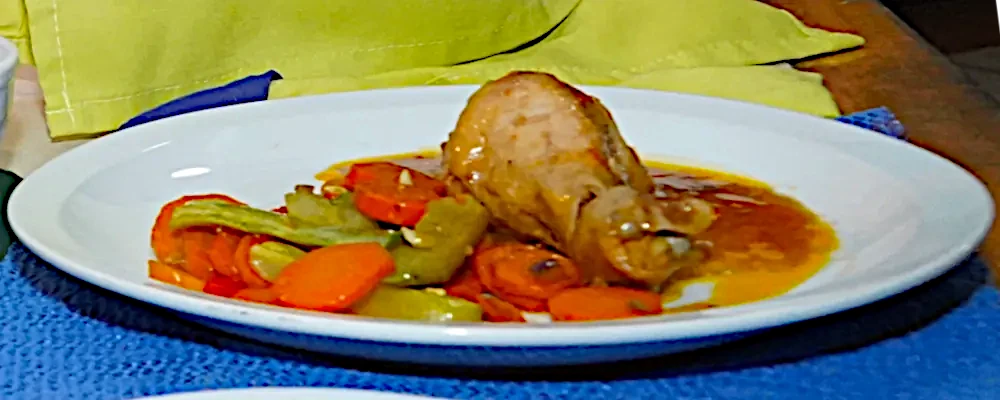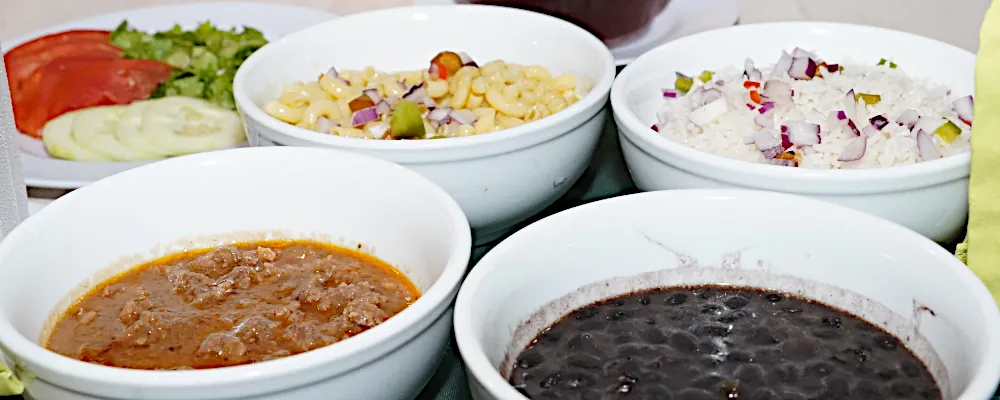Why Costa Rica’s Caribbean food is so unique
It is vital to give a brief check-in to the history of the province of Limon and Costa Rica, to have at least a superficial understanding of the convoluted cuisine style of this Caribbean paradise. A combination of pre and post-Columbian flavors, it is the product of multiple migrations for almost 400 hundred years. Let’s start
History of the cuisine of Limon
Costa Rica’s Caribbean coast is full of stories. Let’s start with the fact it was one of Cristobal Colon’s destinies in his first travel to continental America. Then Gil Gonzalez Davila visited the coast coming from Panama and named it the “rich coast” diving (without knowing) the name the country now uses. He named the place because the indigenous population wore luxurious jewelry made of gold and other precious metals. There were 3 tribal factions in the area when the Spanish arrived, the Bribri, the Talamancan, and the Cabecar, who cultivated important ingredients for the dishes to come in the next centuries.

The legacy of the rail train
Around the beginning of the XIX century, the country, now turned into a Spanish colony, had an economic boom, needing labor. So, the authorities brought African Caribbean people, mostly from Jamaica. Despite most of the labor needed in the Central Valley, most newcomers stayed on the Caribbean coast, changing it forever with their unique culture, language and cuisine. After the independence of Costa Rica, Limon was visited by Europeans, mostly French and Dutch, who collaborated to add new flavors to the local cuisine with new imported ingredients. But the last but not least important addition to the Caribbean culture did not come until the mid-century XIX when a flock of Chinese people came to the territory. The cause was labor needed for the railroad being constructed to the port, which was exporting tons of coffee overseas. These Chinese immigrants rapidly established businesses, some of those being restaurants that used local ingredients and recipes in their dishes. During the 20th century the cuisine in the Caribbean continue developing with new ingredients or methods added to the recipes, while maintaining its identity.

Some examples of the Caribbean food menu
Now that we are familiar with the region’s history, we can easily guess why the local dishes are so unique. It is a blend of cultures using the African Caribbean cuisine as the core. It is hard to find those conditions somewhere else, even in the rest of the American continent.
Rondon:
This is a special recipe that is cooked with whatever sea ingredients or meat you can find. It is a stew made with coconut milk, vegetables, spices, and the aforementioned meat. It can be eaten with “platano” chips or alone.
Patí
Imported from Jamaica, the empanada is some sort of empanada with a meat filling. Most of the time, this filling is spicy.
Pan Bon
Strong flavors are part of Caribbean cuisine. This includes the bakery. Pan Bon is a bread with a special sweet taste and a pinch of cinnamon. The sweetness comes from the Tapa Dulce, an ingredient made of sugar cane juice. Your tongue can tell the recipe does not have white sugar at all.
Plantinga
Another empanada but sweeter, which filling is a red-colored dough made of ripe banana(platano).
Caribbean sauce
this sauce is made of coconut milk, sugar, and boiled tomato among other ingredients. It is mostly used to be applied on cooked fish.
The escabeche
This type of marinade was introduced to the americas from Spain. However, it was adapted to the Caribbean cuisine using local ingredients. Also, it tastes sweet instead of the traditional bitter or neutral taste. Whenever you are served fried fish, it will probably be accompanied by escabeche.
Rice and beans
Not to be confused with “gallo pinto” which is the typical breakfast in Costa Rica, consisting of rice, beans and spices. In the Caribbean food,the main difference lies in how the rice is cooked, using coconut milk. Habanero pepper is added to the recipe for a spicy touch. Most of the time, it is served with chicken thighs.
Cod with rice
The least known of the list, it is fried cod in coconut oil along with other ingredients. Once the ingredients are fried, remove the oil, add the rice then water. Let the rice cook on low fire for a while to get a delicious dish.
Agua de Sapo
Literally translates to “frog water”. It is called that way because one of the ingredients, the tapa dulce gives the drink a brownish color, like the mud waters where a frog lives. But despite the aspect, this drink is magical. It can replenish your strength after a hard working day.

Conclusion
The Caribbean food is still evolving. Immigrants from Nicaragua and Panama are coming lately and adding their own twist to the local cuisine. It will be not a surprise that the are could become a gourmet destiny soon, as more people is discovering the unique caribbean food. If you are planning to visit Tortuguero, check OUR PACKAGES HERE. We are waiting for your visit.
If you want to know more Costa Rica’s recipes, you can visit the site Puravidamoms which have tons of recipes




